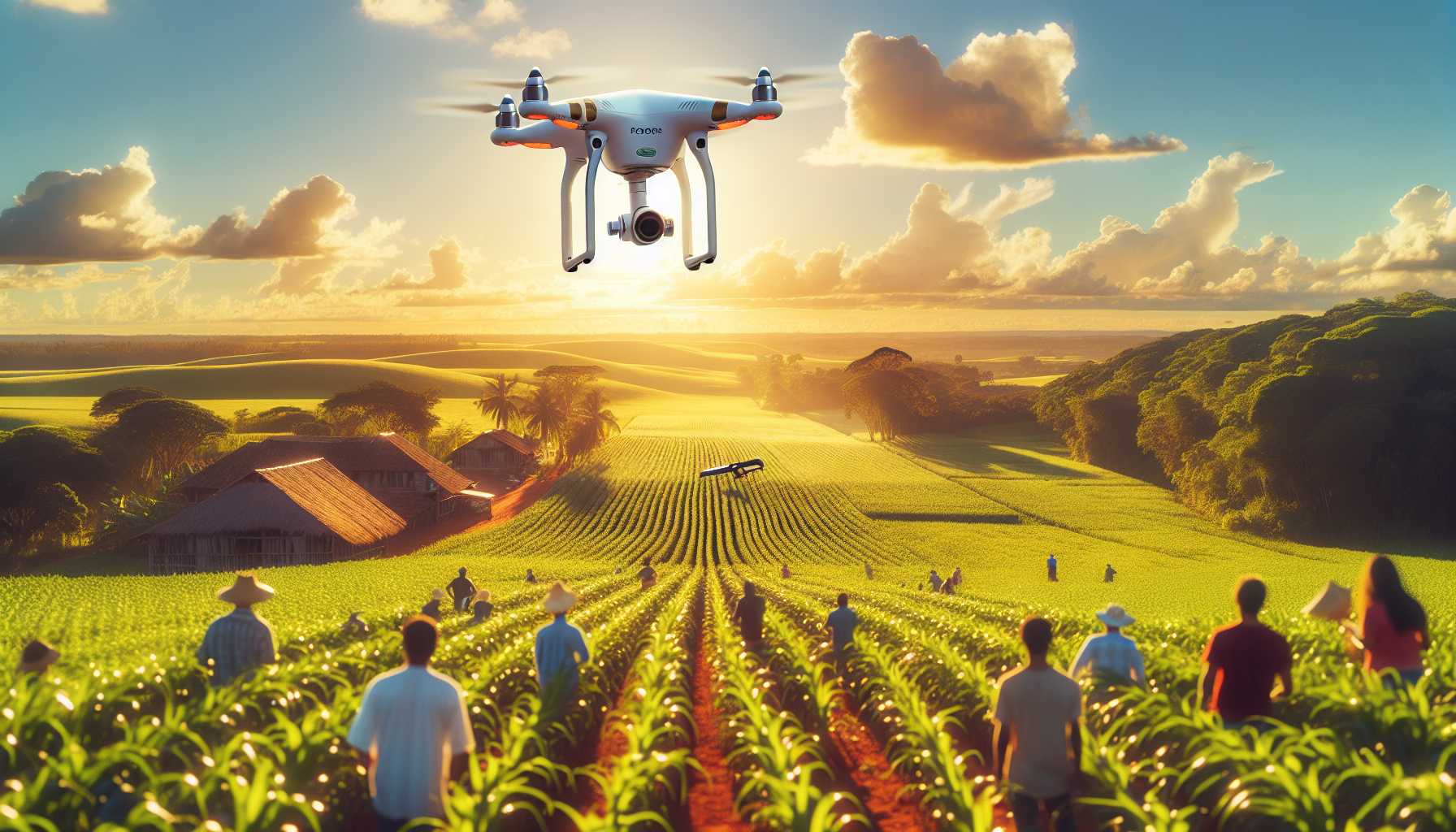The Most Common Application of Drone Technology in Brazil’s Agricultural Sector
The agricultural sector in Brazil is vast and diverse, encompassing a wide range of crops and farming practices. In recent years, drone technology has emerged as a powerful tool for farmers, offering a variety of benefits that can improve efficiency, productivity, and sustainability. But with so many potential applications, what is the most common use of drone technology in Brazilian agriculture?
Crop Monitoring and Scouting
The most common application of drone technology in Brazil’s agricultural sector is crop monitoring and scouting. Drones equipped with high-resolution cameras can capture detailed images and videos of crops, allowing farmers to assess their health, identify potential problems, and track growth progress. This information is crucial for making informed decisions about irrigation, fertilization, and pest control.
Benefits of using drones for crop monitoring:
- Early detection of problems: Drones can identify issues like disease, insect infestations, and nutrient deficiencies early on, allowing for timely intervention and preventing significant crop losses.
- Improved efficiency: Drones can cover large areas quickly and efficiently, saving farmers time and labor costs compared to traditional scouting methods.
- Detailed data collection: Drones can collect high-resolution data that can be used to create detailed maps and reports, providing valuable insights for farm management.
Other Applications of Drone Technology in Brazilian Agriculture
While crop monitoring and scouting are the most common application, drone technology is also used for a variety of other purposes in Brazilian agriculture, including:
- Precision spraying: Drones can be used to apply pesticides, herbicides, and fertilizers with precision, reducing waste and environmental impact.
- Planting: Drones can be used to plant seeds and seedlings, improving efficiency and accuracy.
- Livestock monitoring: Drones can be used to monitor livestock health and track their movements, improving animal welfare and farm management.
- Soil analysis: Drones can be equipped with sensors to collect data on soil conditions, such as moisture content and nutrient levels.
The Future of Drone Technology in Brazilian Agriculture
The use of drone technology in Brazilian agriculture is expected to continue to grow in the coming years. As drone technology becomes more affordable and accessible, more farmers will be able to take advantage of its benefits. Additionally, the development of new sensors and software will further expand the capabilities of drones, making them even more valuable tools for farmers.
Conclusion
Drone technology is transforming the way agriculture is practiced in Brazil. By providing farmers with a powerful tool for crop monitoring, scouting, and other tasks, drones are helping to improve efficiency, productivity, and sustainability. As drone technology continues to evolve, we can expect to see even more innovative applications in the years to come.

